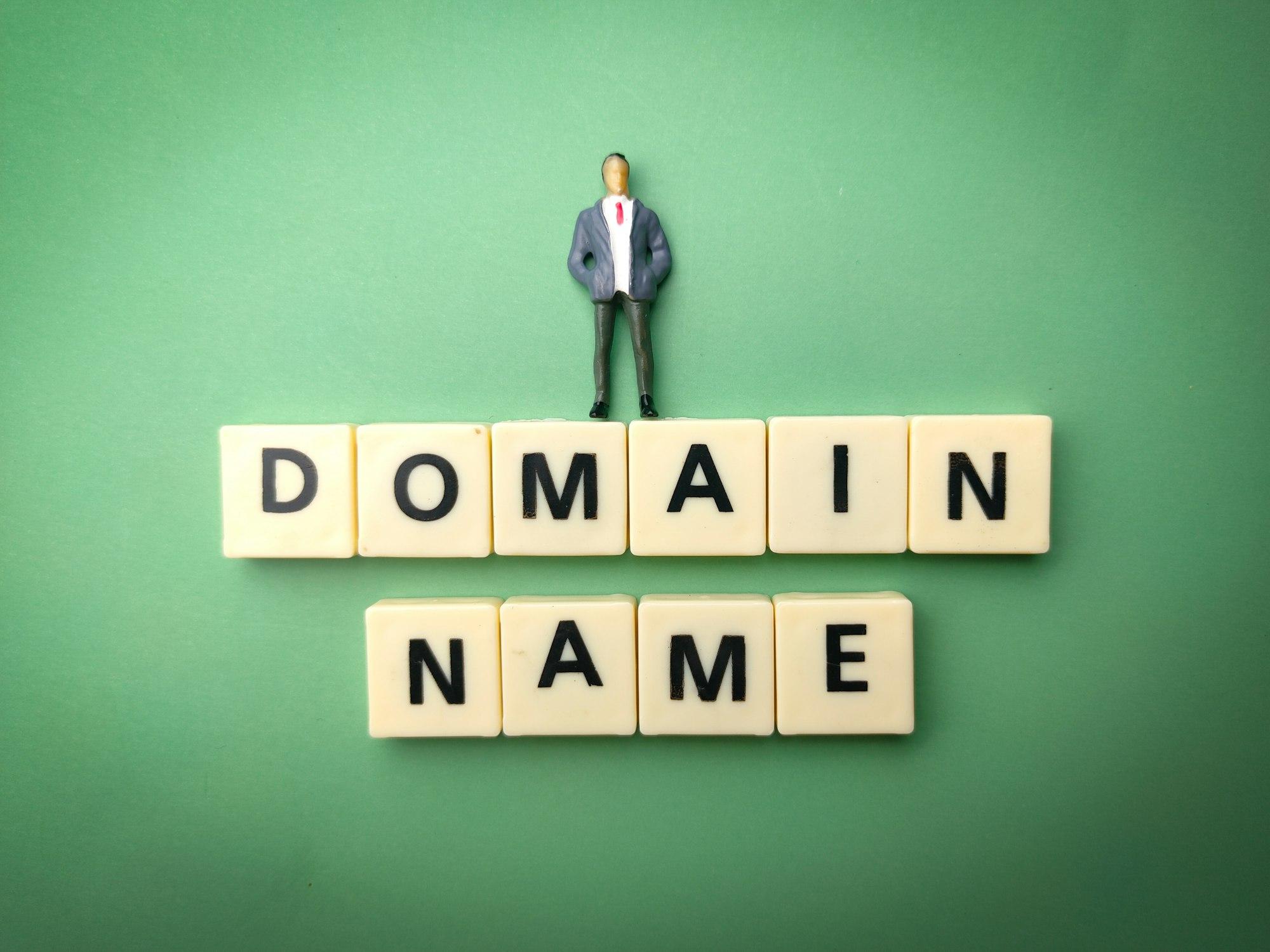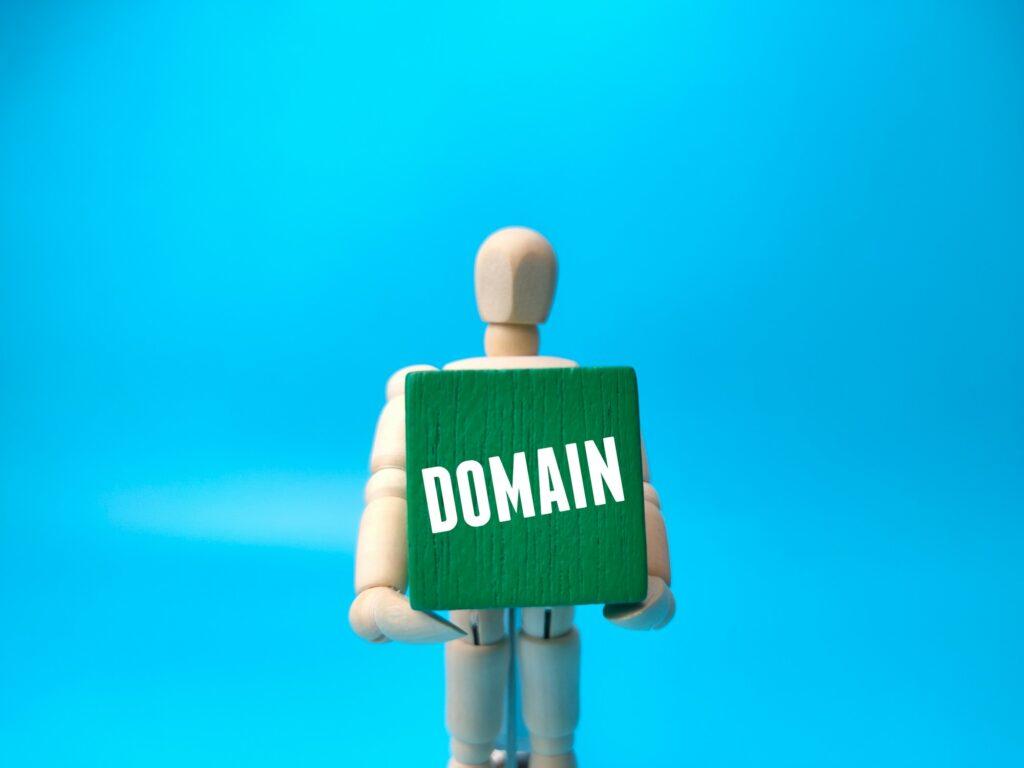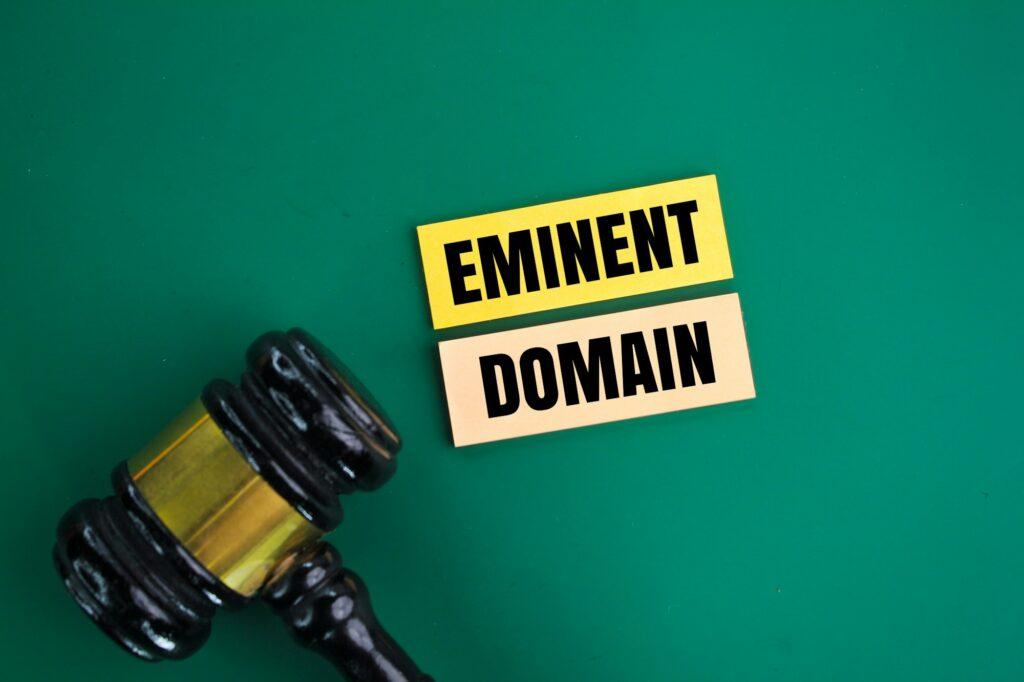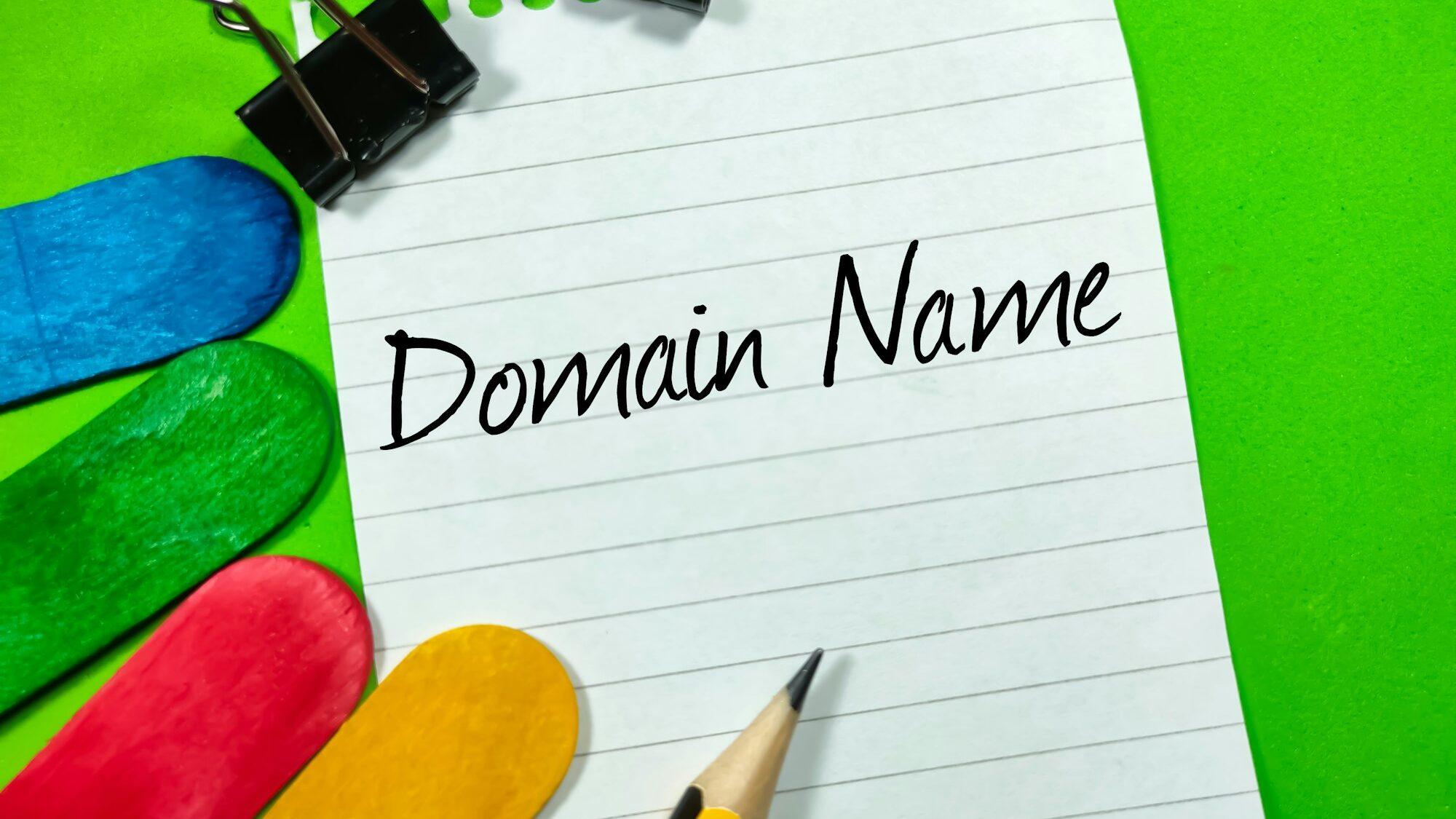
Domain name best practices are the building blocks of a powerful online presence. Your domain name is your website’s address on the internet – it’s how people find you and remember you. A well-chosen domain name is a crucial part of your online brand identity. Think of it as the digital equivalent of your storefront sign.
Choosing the right domain name isn’t just about finding something that sounds catchy. It requires careful consideration to ensure your domain name selection supports your overall branding and marketing goals. With the right strategy, your domain name can boost discoverability, make you instantly recognizable, and leave a lasting impression on visitors.
In this guide, we’ll dive into the essential domain name tips and strategies to help you choose the perfect online address for your business or website.
1: Crafting a Stellar Domain Name – Key Elements to Consider
Your domain name is the cornerstone of your online presence. It’s how visitors find you, remember you, and form their first impression of your brand. Choosing the right domain name goes beyond just finding something catchy – it’s about strategically aligning your web address with your business goals.

Let’s dissect the core components that contribute to selecting a successful domain name:
1.1 Keep it Short, Sweet, and Memorable
Brevity is your best friend when it comes to domain name best practices. Imagine your domain name on a billboard – you want people to grasp it instantly. Short, impactful domains are easier to recall and type correctly, reducing the chances of potential visitors ending up on the wrong site.
While there’s no strict character limit, try keeping your domain under 15 characters. This ensures it will display nicely in browser address bars and search results.
1.2 Strategically Infuse Keywords
Incorporating relevant keywords into your domain name selection can improve your search engine visibility. Think about the terms people might search for when looking for a business or website like yours. However, proceed with caution and avoid:
- Keyword stuffing: Don’t sacrifice readability or brand relevance for the sake of cramming in multiple keywords.
- Irrelevant keywords: Stick to keywords that truly describe your focus. Don’t use unrelated keywords for short-term ranking gains.
1.3 Brand Synergy: Your Domain as a Digital Reflection
Your domain name offers a unique opportunity to solidify your brand’s presence in the digital world. Consider it the online equivalent of a storefront sign. It’s a chance to attract potential customers and showcase what sets you apart.
- Established Businesses: If you already have a recognizable business name, see if you can incorporate it or a close variation into your domain name. This creates instant familiarity and trust.
- Startups and New Ventures: When building a brand from scratch, your domain name becomes even more crucial. Select words that encapsulate your core mission, target audience, and the overall experience you aim to deliver.
1.4 Simplicity is Key: Avoid Complex Spellings and Jargon
Imagine explaining your domain name over the phone. Can someone easily understand and spell it correctly? Stick to common words and intuitive spellings. Your aim is to be memorable, not confusing.
Avoid these common pitfalls when crafting your domain name:
- Creative misspellings: While tempting to stand out, intentional misspellings often lead to mistyped addresses and frustration.
- Industry jargon: Don’t assume your target audience knows all the niche terms. Keep the language broadly accessible to maximize reach.
1.5 Test for Recallability and Pronunciation
Before settling on a domain, practice saying it out loud. Does it flow smoothly? Additionally, run it by friends or colleagues for feedback. If they find it hard to spell or pronounce on the first try, it might be worth rethinking the choice.
1.6 kDomain Name Checklist: Key Factors for Memorability
| Feature | Ideal Characteristics | What to Avoid |
|---|---|---|
| Length | Under 15 characters is optimal | Long, wordy domains that are difficult to type |
| Keywords | Includes one or two relevant keywords | Keyword stuffing, irrelevant terms |
| Spelling & Grammar | Simple, intuitive spelling | Intentional misspellings, obscure words |
| Pronunciation | Easy to say out loud | Hard-to-pronounce words or letter combinations |
| Brand Connection | Aligns with your business name or identity | Generic or unrelated names |
A powerful domain name seamlessly supports your brand’s mission and leaves a lasting positive impression. Let’s move on to the next section – understanding the importance of the .com extension and when to consider alternatives.
2: The Power of .com and Exploring Alternatives
In the world of web addresses, the .com extension holds undeniable prestige. For businesses and websites of all kinds, securing a .com domain is often the ultimate goal due to its inherent advantages and widespread recognition.

Let’s delve into the reasons behind .com’s dominance and explore scenarios where alternative extensions might be worth considering.
2.1 The Undisputed Champion: Why .com Reigns Supreme
- Trust and Familiarity: Since the dawn of the commercial internet, .com has been the standard. This longevity instills an unparalleled level of trust in users. Many people automatically assume a business will have a .com website, making it their instinctive first choice when searching.
- Memorability: The ubiquity of .com makes it incredibly easy to remember. If someone hears your business name, they’re highly likely to be able to correctly guess your website address with a .com ending.
- Global Appeal: Unlike country-specific extensions, .com carries no geographical limitations. This makes it ideal for businesses with an international presence or those aiming to reach a global audience.
- Search Engine Friendliness: While search engines don’t explicitly favor .com, the trust and authority associated with this extension can indirectly contribute to better search rankings.
2.2 When to Venture Beyond .com: Strategic Use of Alternatives
The reality is that many desired .com domain names are already taken. In these situations, it’s wise to explore alternative top-level domains (TLDs):
- Industry Specificity: Extensions like .org (nonprofits), .edu (educational institutions), or .io (tech startups) can instantly signal your niche to visitors.
- Location Focus: If your business primarily serves a local market, country-code TLDs (.co.uk, .ca, .au, etc.) can be relevant and may have more availability.
- Creative Flair: Newer TLDs like .xyz, .shop, or .blog offer unique branding opportunities, especially for businesses with a playful or unconventional approach.
- Budget Considerations: Sometimes securing your ideal .com domain might be cost-prohibitive on marketplaces. Alternative TLDs are often more readily available and less expensive to obtain.
2.3 Navigating the World of Alternative TLDs
If choosing an extension outside of .com, keep these factors in mind:
- Relevance: The TLD should resonate with your business focus or location. A mismatch will create confusion.
- Clarity: Avoid obscure or easily misheard extensions. Prioritize TLDs that people understand.
- Memorability: The extension, when paired with your domain name, should still be easy to remember and communicate.
2.4 The Quest for .com: Strategies for Snagging Your Ideal Address
Whenever possible, it’s worth pursuing the .com version of your desired domain:
- Slight Modifications: Try subtle tweaks like adding prefixes (“get”, “try”, “shop”) or suffixes (“hq”, “co”)
- Domain Marketplaces: Explore platforms like Sedo or Afternic where domains are bought and sold, though they may come with higher price tags
- Direct Outreach: Locate the current domain owner and see if they’re open to selling.
2.5 Understanding Top-Level Domains (TLDs)
| Extension | Typical Use Case | Advantages | Disadvantages |
|---|---|---|---|
| .com | Businesses, general websites | Global recognition, trust | High demand, less availability |
| .org | Nonprofits, organizations | Signals credibility, purpose-driven | Could be less memorable than .com |
| .net | Tech-related sites, networks | Originally for networks, still has some tech association | Less common than .com |
| .edu | Educational institutions | Clear focus, authority | Restricted to accredited schools |
| .gov | Government websites | Official, trustworthy | Restricted to government bodies |
| .io | Startups, tech companies | Short, trendy | Less familiar, meaning less clear |
| Country-Code TLDs (.uk, .ca, .au, etc.) | Location-specific businesses | Relevant for local SEO | Limits audience if business expands globally |
While .com offers unmatched advantages, don’t let unavailability limit your options entirely. Choosing alternative extensions thoughtfully can still pave the way for online success.
3: What to Avoid – Common Domain Name Pitfalls
Choosing the perfect domain name takes careful consideration. There are several traps many people fall into that can hinder memorability, create confusion, or even damage your brand’s reputation.

Let’s identify these pitfalls to ensure your domain choice is a strategic success and respect the domain name best practices.
3.1 The Dangers of Hyphens and Numbers
While tempting to snag an unavailable name, adding hyphens or numbers introduces significant drawbacks:
- Reduced Recall: Hyphens and numbers break the flow of your domain, making it less memorable and harder to communicate verbally.
- Typos Increase: Users are prone to forgetting hyphens or mistyping numbers, leading to them ending up on the wrong site.
- Perception of Quality: Domains with hyphens or numbers can sometimes appear less professional or established.
3.2 Obscure Spellings and Complex Words
Overly complex or unfamiliar words hurt your memorability and create a barrier for visitors. Here’s what to avoid:
- Misspellings on Purpose: Substituting letters with numbers (like “4” for “for”) may seem clever initially, but will lead to long-term frustration and mistyped addresses.
- Jargon and Niche Terms: Unless your target audience is deeply familiar with industry-specific lingo, keep your domain language broadly accessible.
- Difficult to Pronounce: If people struggle to say your domain name out loud, it’s unlikely to stick in their minds.
3.3 Overlooked Trademark Issues
It’s crucial to choose a domain name that doesn’t infringe on existing trademarks. Here’s how to protect yourself:
- Thorough Research: Use trademark search databases (such as the USPTO in the United States) to see if your desired name or close variations are trademarked.
- Consider Legal Counsel: If you’re unsure about any potential trademark conflicts, consult an attorney specializing in intellectual property.
- Don’t take risks: Infringing on a trademark can lead to costly legal battles and force you to rebrand entirely.
3.4 The Temptation of Trends
Trends in domain naming come and go. Resist the urge to incorporate overly trendy terms or spellings for these reasons:
- Short Lifespan: What’s popular today can quickly become dated, making your domain name seem outdated.
- Limits Brand Growth: If your identity is too closely tied to a trend, it might become restrictive as your business evolves.
- Authenticity Matters: Choose a domain that aligns with your core brand message, not fleeting fads.
3.5 Domain Name Pitfalls: Negative Impacts to Avoid
| Mistake | Potential Consequence | How to Prevent It |
|---|---|---|
| Hyphens and Numbers | Reduced Recall & More Typos | Choose a simple, word-based domain |
| Misspellings or Obscure Words | Confusion & Mistyped Addresses | Prioritize clear spelling and familiar words |
| Overly Trendy Names | Limits Brand Longevity & Relevance | Select a domain that aligns with your core brand and values |
| Failure to Check Trademarks | Legal Trouble & Costly Rebranding | Conduct thorough trademark research before settling on a domain |
By steering clear of these common pitfalls, you’ll significantly increase your chances of selecting a domain name that respects best practices and boosts your online presence. Your name should be an asset, not a source of confusion or missed opportunities.
4: Tools and Tips – Streamlining Your Domain Search
Finding the perfect domain name can be daunting, especially with so many options out there. Fortunately, there are resources and brainstorming techniques to make the process smoother and more effective.

Let’s explore some of the best tools and strategies to help you confidently choose your online address.
4.1 Domain Name Generators: Kickstart Your Ideation
Domain name generators are excellent tools for generating a plethora of ideas and sparking inspiration. Here are some popular options:
- BustAName: Offers various filters to refine your search by keywords, word combinations, and more.
- Namelix: Uses artificial intelligence to suggest short, brandable domain names.
- LeanDomainSearch: Specializes in finding available .com domains based on your keywords.
- Domainr: Helps you explore alternative extensions and creatively related domain options.
Important Tip: Don’t rely solely on generators. Use them to broaden your horizons, but still apply critical thinking to assess the suitability of the generated names.
4.2 Domain Availability Checkers: Ensure Your Dream Name is Available
Once you have a shortlist of potential domain name that follow these best practices, it’s crucial to confirm if they’re actually available. Here are reliable tools for this:
- Instant Domain Search: Provides a quick and simple way to check availability across various extensions.
- GoDaddy or Namecheap Domain Search: Popular domain registrars often have integrated availability checkers.
- Whois Lookup: This gives you more information on existing domain ownership, if needed.
4.3 Brainstorming Techniques: Unleash Your Creativity
Sometimes the best domain name ideas emerge from structured brainstorming. Try these techniques:
- Mind Mapping: Start with your core concept and branch out with related words, synonyms, and associations.
- Word Combinations: Experiment merging short, impactful words that reflect your brand essence.
- Thesaurus Power: Explore synonyms of your primary keywords to discover less common but equally effective variations.
- Get Feedback: Bounce ideas off friends, colleagues, or your target audience to gauge memorability and appeal.
4.4 Additional Considerations for Domain Name Selection
- Future Proofing: Choose a domain that has the flexibility to grow alongside your business or website.
- Social Media Availability: Ideally, secure the matching handles on major social platforms for consistency.
- Act Quickly: Great domain names get snatched up fast. If you find the perfect one, don’t hesitate to register it.
5.5 Domain Name Tools: Streamline Your Search
| Tool Name | Type | Key Features | Best Suited For |
|---|---|---|---|
| BustAName | Domain Name Generator | Variety of filters (keywords, prefixes, suffixes), word combiner | Brainstorming a wide range of ideas |
| Namelix | Domain Name Generator | AI-powered, suggests short, brandable names | Finding concise, memorable domain options |
| LeanDomainSearch | Generator & Availability Checker | Focuses on finding available .com domains | Securing a desirable .com address |
| Instant Domain Search | Availability Checker | Quick and easy checks across multiple extensions | Verifying if a specific domain is available |
The right tools and a strategic mindset will significantly streamline your domain selection process. Don’t be afraid to experiment, get creative, and prioritize names that truly resonate with your brand identity.
5: FAQs: Domain Name Best Practices Frequently Asked Questions
5.1. Should I purchase multiple domain names to protect my brand?
Yes, this can be a smart way to secure variations of your primary domain name. This prevents competitors or bad actors from snatching up similar addresses and potentially misleading your audience. Consider registering common misspellings of your domain, as well as securing it with other popular TLDs (like .net, .org).
5.2. What’s the difference between purchasing a domain name and web hosting?
Your domain name is your address, while web hosting is like renting space to store your website’s files. You need BOTH to have a functioning website. Often, domain registrars also offer web hosting packages.
5.3. Can I change my domain name later if needed?
Yes, but it’s not ideal. Changing domain names can disrupt your search rankings and create confusion for existing customers. If possible, choose a domain you’ll be happy with for the long term. If a change is unavoidable, use 301 redirects from your old domain to your new one to minimize the impact on SEO. So it’s better to start with a domain name that follow these best practices.
5.4. Are there restrictions on the characters I can use in a domain name?
Yes. Domain names can only consist of letters, numbers, and hyphens. Special characters (like &, %, *) are not allowed. While hyphens are technically permitted, it’s best to avoid them for the reasons discussed in Section 3 of this guide (Domain Name Best Practices).
5.5. How much does it cost to buy a domain name?
Prices vary depending on the extension, the registrar, and the popularity of the domain itself. Typically you can expect to pay between $10-$20 per year for basic domains. Highly desirable, short .com domains can command significantly higher prices.
Conclusion
Domain name best practices are the foundation of your online presence. Your chosen domain name has the power to boost discoverability, establish credibility, and leave a lasting impression.
By carefully considering the elements we’ve discussed, you can select a domain that works in harmony with your overall marketing and brand goals.
Remember, a short and sweet domain name is always a winner. Incorporate relevant keywords when possible, and prioritize simplicity for maximum memorability. While the .com extension reigns supreme, understanding alternative TLDs offers flexibility.
Finally, use the tools and strategies available to streamline your search and ultimately land on the perfect domain name that empowers your online success.





























